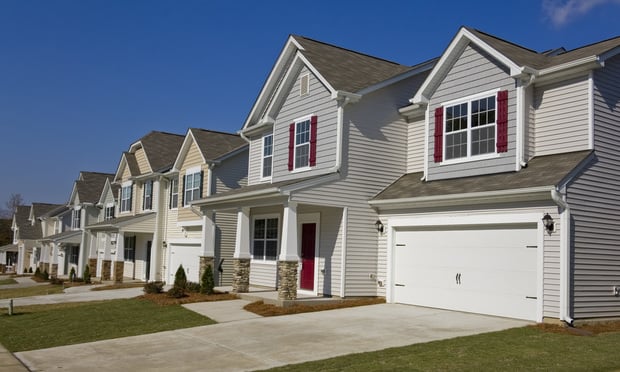Adding solar power to a multifamily property might seem like an easy choice. However, from Freddie Mac's view, it was much more complex than most owners and investors realized. So, they now have a Multifamily Seller/Servicer Guide that includes a section on solar agreements, as well as a solar analysis document.
A stumbling block in the past related to three different categories of financing. The first was an outright ownership of the solar equipment by the borrower, providing little risk to Freddie Mac. The second is a third-party-owned solar structure, under which the borrower contracts with a third party that owns, installs, and manages the solar equipment on the borrower's site. The third is an affiliate-owned structure, under which a large multifamily sponsor creates a separate legal entity from the borrower to own and maintain the solar panels, often as a way of claiming federal tax credits.
It is the second and third structures that create increased risk, as there is now complexity in ownership and a question of who is borrowing money to purchase the property when a physical structure on the building isn't part of the transaction. Some of the risks include tax credit capture, subdebt to public utility regulation, and local zoning codes.
Recommended For You
Want to continue reading?
Become a Free ALM Digital Reader.
Once you are an ALM Digital Member, you’ll receive:
- Breaking commercial real estate news and analysis, on-site and via our newsletters and custom alerts
- Educational webcasts, white papers, and ebooks from industry thought leaders
- Critical coverage of the property casualty insurance and financial advisory markets on our other ALM sites, PropertyCasualty360 and ThinkAdvisor
Already have an account? Sign In Now
*May exclude premium content© 2025 ALM Global, LLC, All Rights Reserved. Request academic re-use from www.copyright.com. All other uses, submit a request to [email protected]. For more information visit Asset & Logo Licensing.








